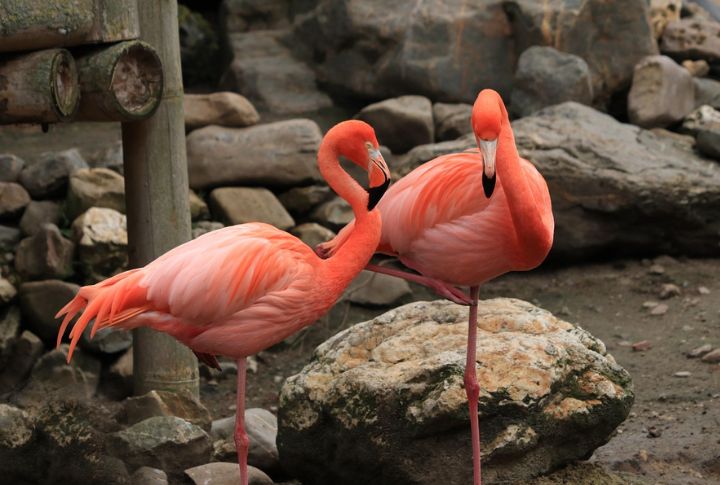
Beyond the best-known animals lies a world of astonishing wildlife subspecies—often overlooked, yet just as biologically significant. These rare forms have evolved unique traits in isolated habitats or through unusual ecological pressures. Many remain little known, even among conservationists. So, let’s take a look at 20 rare subspecies that rarely make the spotlight.
Amur Leopard Cat (Prionailurus bengalensis euptilurus)

In the Russian Far East, this leopard cat family survives bitter winters with its dense coat and compact build. Unlike its tropical cousins, it thrives in snowy forests near the Amur River. Due to its elusive nature, observations are scarce. A few have been captured on camera near Russia’s Primorye region.
Cross River Gorilla (Gorilla gorilla diehli)
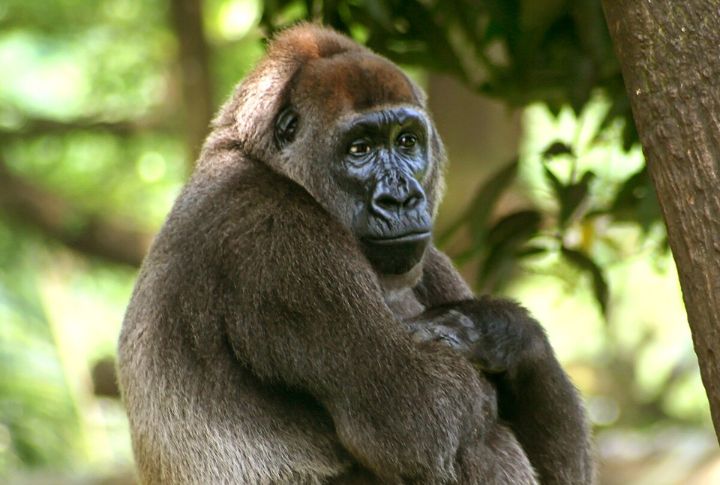
Only a few hundred of these critically endangered gorillas remain in a rugged strip of forest between Nigeria and Cameroon. With a smaller build and subtly distinct facial structure, they differ from other western gorillas. Extremely shy, the subspecies avoids human contact. Most known groups are scattered across unprotected, mountainous terrain.
Moroccan Bald Ibis (Geronticus eremita eremita)
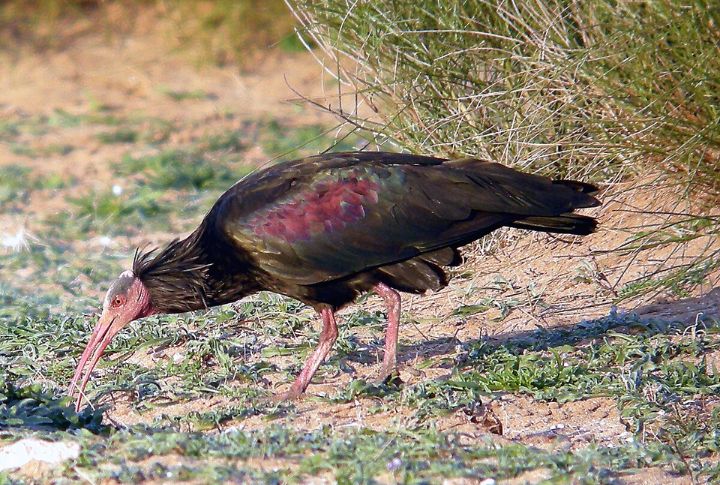
This rare family is the last wild population of northern bald ibis, now confined to Morocco’s Atlantic coast. It nests on remote cliffs near Souss-Massa National Park. Migratory behavior remains intact, unlike in reintroduced European colonies. Fewer than 700 survive, and most are concentrated around just a handful of known breeding sites.
Isthmian Baird’s Tapir (Tapirus bairdii ornatus)
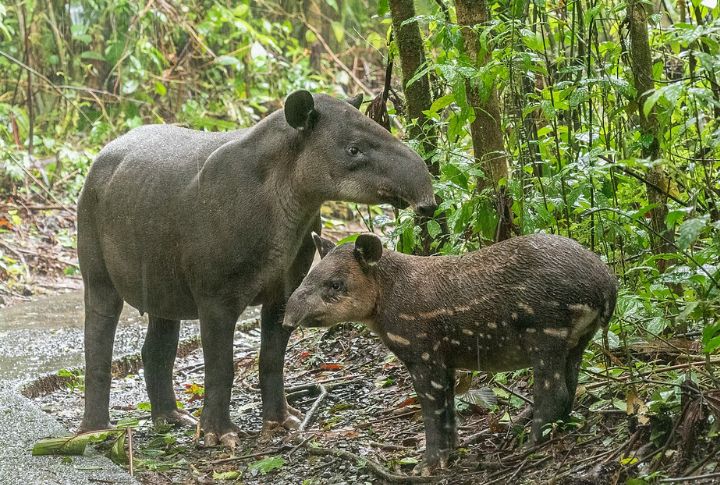
Seldom seen in the wild, the Isthmian Baird’s Tapir lives in dense rainforest across Panama and parts of Colombia. It has darker skin and a slightly smaller frame than northern Baird’s tapirs. Camera traps have recorded it roaming the Darien Gap. Unfortunately, deforestation and poaching continue to shrink its already-limited range.
San Nicolas Island Fox (Urocyon littoralis dickeyi)

San Nicolas Island, one of California’s Channel Islands, hosts an unusually small fox subspecies. As a result of island dwarfism, it weighs just 4–6 pounds as an adult. In 2000, the disease nearly wiped them out, leaving only 15. A recovery program launched thereafter helped the population rebound to about 300 monitored individuals.
Northern River Terrapin, Burmese Subspecies (Batagur baska trivittata)
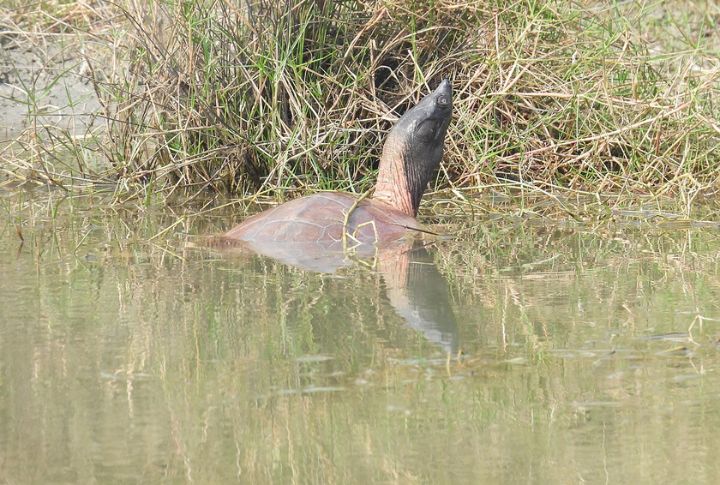
Once found across Myanmar’s rivers, the critically endangered terrapin is now nearly extinct in the wild. The Northern Rover Terrapin has a distinctive tri-striped shell and grows up to two feet long. Fewer than 10 individuals were known until a breeding colony was discovered in a Mandalay temple pond.
Japanese Dormouse, Honshu Subspecies (Glirulus japonicus hondoensis)
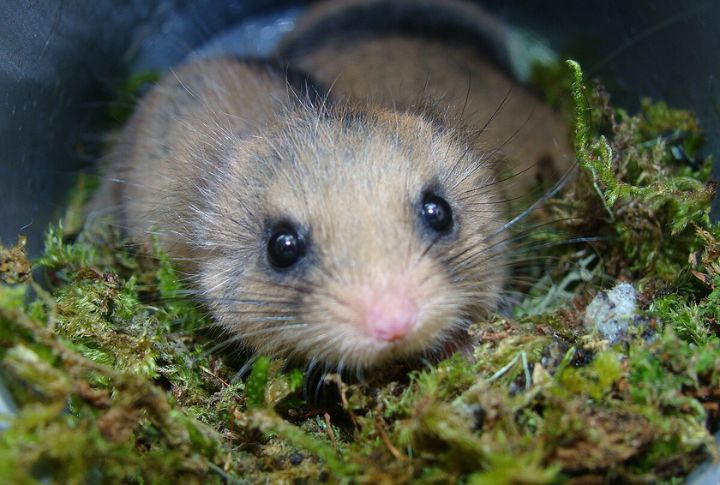
The Japanese Dormouse, native only to central Honshu, is an arboreal rodent that inhabits tree hollows within old-growth forests. This group is slightly larger than its main-island cousins and has thicker fur adapted to high elevations. Furthermore, it hibernates for up to seven months; logging has confined it to isolated mountain patches.
American Flamingo, Yucatan Subspecies (Phoenicopterus ruber ruber yucatani)
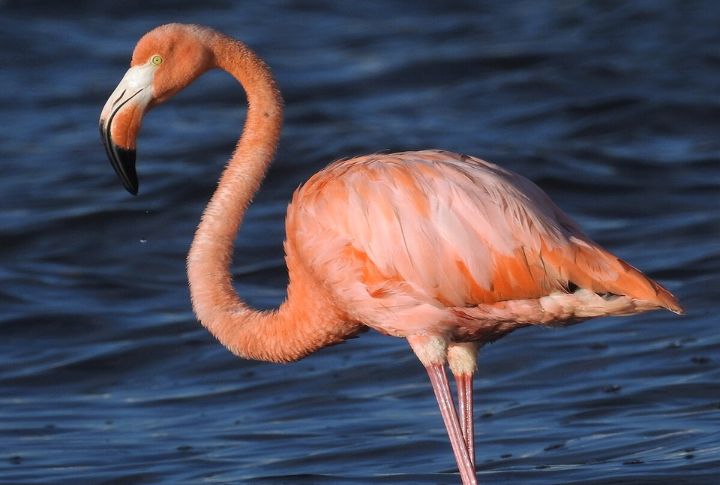
Bright plumage and subtle skeletal differences set the American Flamingo apart. Found in coastal lagoons of Mexico’s Yucatan Peninsula, it forms some of the largest flamingo colonies in the Americas. Chicks are gray and require months of parental care. The Ria Lagartos Biosphere Reserve hosts over 40,000 breeding adults each year.
Eastern Box Turtle, Florida Panhandle Subspecies (Terrapene carolina bauri panhandliensis)
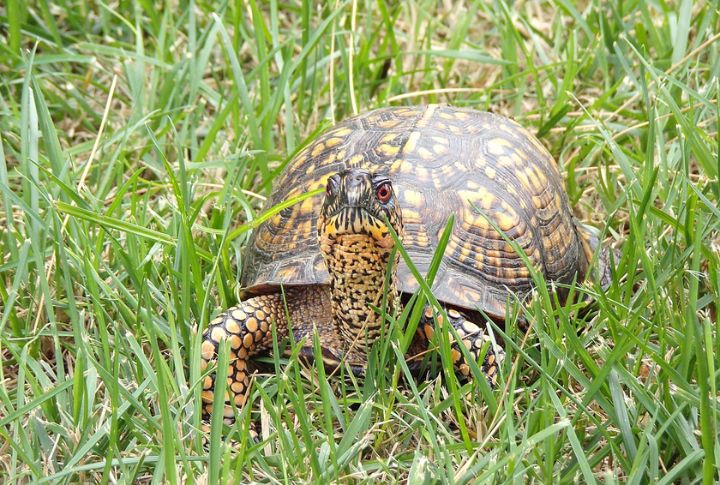
Few know of the yellow-striped turtle, restricted to pine flatwoods in Florida’s Panhandle. Its domed shell and unique markings differentiate it from nearby populations. Researchers track it in counties like Gulf and Franklin, often near seasonal wetlands. However, urban development and vehicle collisions threaten its numbers.
Red Wolf, Gulf Coast Subspecies (Canis rufus floridanus)
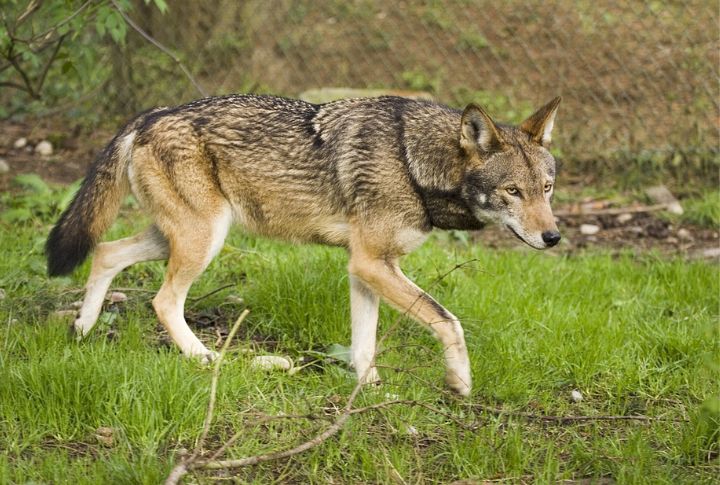
The Gulf Coast’s red wolf was thought extinct by the mid-20th century. Smaller and more lightly built than other red wolves, it once roamed the southeastern U.S. from Florida to eastern Texas. Genetic traces of the family survive in coyote populations, and recent studies have found hybrid individuals in coastal Louisiana.
Giant Antpitta, Colombian Subspecies (Grallaria gigantea lehmanni)
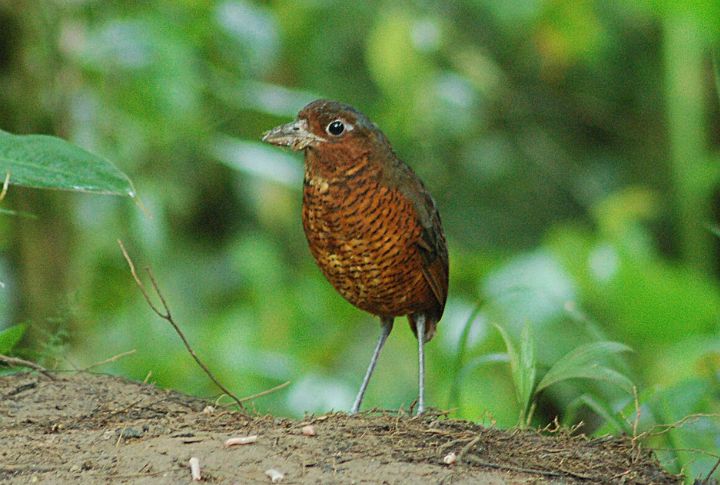
Long thought extinct, this heavy-bodied Andean bird reappeared in Colombia’s Narino region in 1992. Possessing a distinct, darker plumage and vocalizations, it prefers dense montane forests. Field teams could pinpoint the remaining individuals during rediscovery using their booming, unmistakable call.
Arabian Tahr (Arabitragus jayakari jayakari)
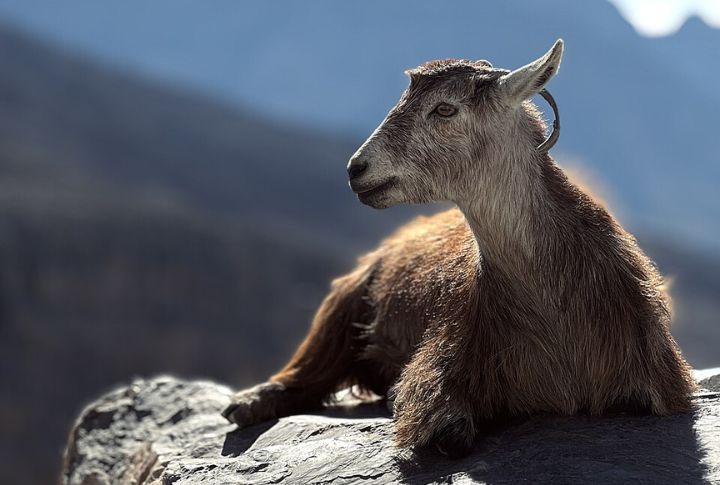
The Arabian Tahr group inhabits the steep cliffs of Oman’s Hajar Mountains. It has a short, reddish-brown coat and backward-curving horns adapted for its rugged environment. Due to indiscriminate hunting and habitat loss, populations are critically endangered. Conservation programs now monitor their numbers in protected zones like the Wadi Sareen Reserve.
Siberian Tiger, Amur Subspecies (Panthera tigris altaica)
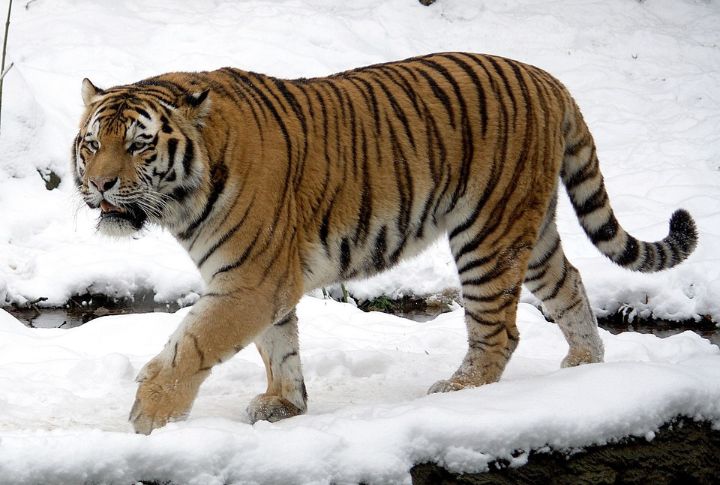
Adapted to the harsh winters of Russia’s far eastern taiga, this tiger subspecies has dense fur and a powerful build suited for subzero temperatures. Conservation efforts have helped its numbers rebound to about 500 after a steep decline. Unlike its relatives, it ranges across vast, sparsely populated territories.
Black Rhinoceros, South-Western Subspecies (Diceros bicornis bicornis)
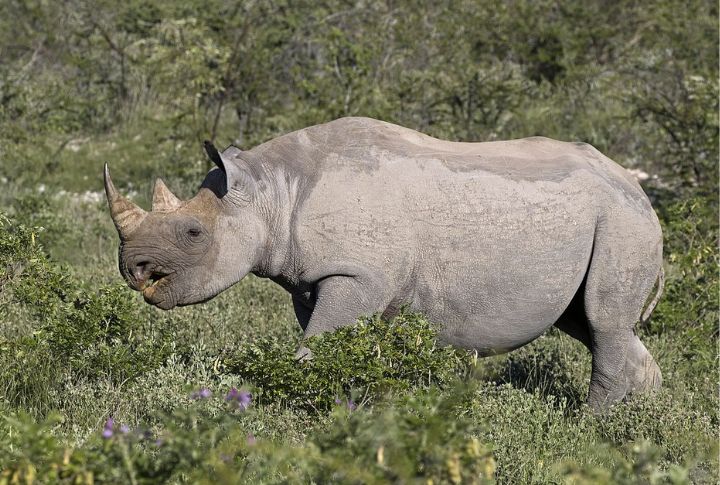
Found in Namibia and Angola, the Black Rhinoceros subspecies of black rhino is adapted to arid, open terrains. It has a hooked lip for browsing and a relatively broad chest. Although critically endangered, its numbers have rebounded slightly due to anti-poaching and breeding efforts. It remains a key conservation focus in southern Africa.
Snow Goose, Lesser Subspecies (Anser caerulescens caerulescens)
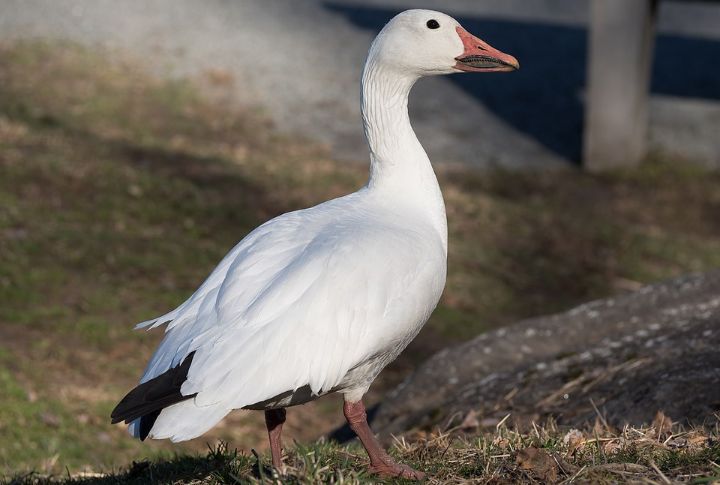
Each winter, the snow goose migrates south to the Gulf Coast after breeding in the Canadian Arctic. Distinguished by its smaller size and lighter bill compared to the greater snow goose, it forms huge flocks during migration. Habitat destruction and climate change are current threats, but numbers remain relatively stable.
Canada Lynx, Alaskan Subspecies (Lynx canadensis alascensis)
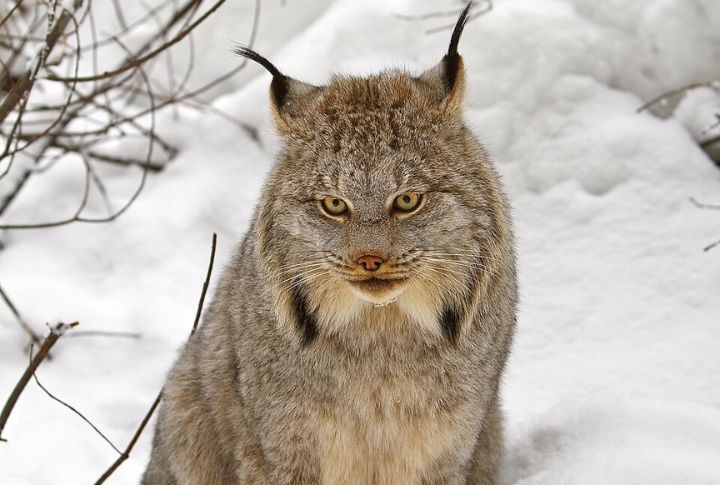
The Alaskan subspecies of Canada lynx lives in remote boreal forests, feeding mainly on snowshoe hares. It’s slightly larger and heavier than its southern relatives, with thicker fur and wider paws for snow travel. Though not endangered, it faces pressure from climate shifts and logging that fragment its hunting territory.
Mountain Zebra, Southeastern Subspecies (Equus zebra hartmannae)
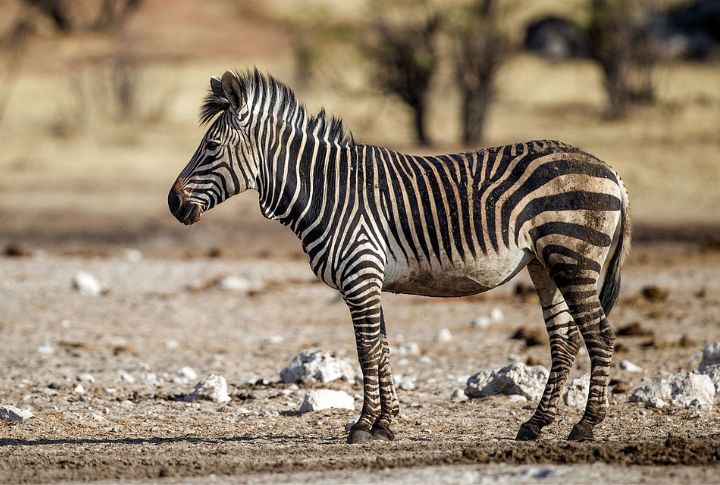
Hartmann’s mountain zebra favors Namibia and Angola’s dry hills over the Cape’s grassier slopes. Though more agile on rocky terrain and genetically distinct at the mitochondrial level, it lacks the dewlap seen in its southern cousin. Mountain Zebras are better suited to desert life, and most now live in the Naukluft Mountain reserves.
Saimaa Ringed Seal (Pusa hispida saimensis)
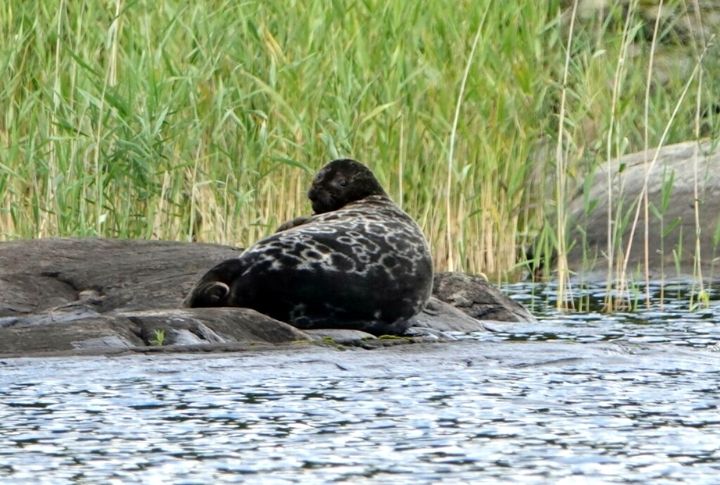
Isolated in a single Finnish lake since the Ice Age, this seal evolved into one of the few freshwater pinnipeds. Its compact build and rounded face reflect adaptation to Lake Saimaa’s cold, confined waters. In low-snow years, humans create artificial drifts to support pups. The wild population sits around 430.
Zanzibar Red Colobus, Unguja Island Subspecies (Piliocolobus kirkii kirkii)
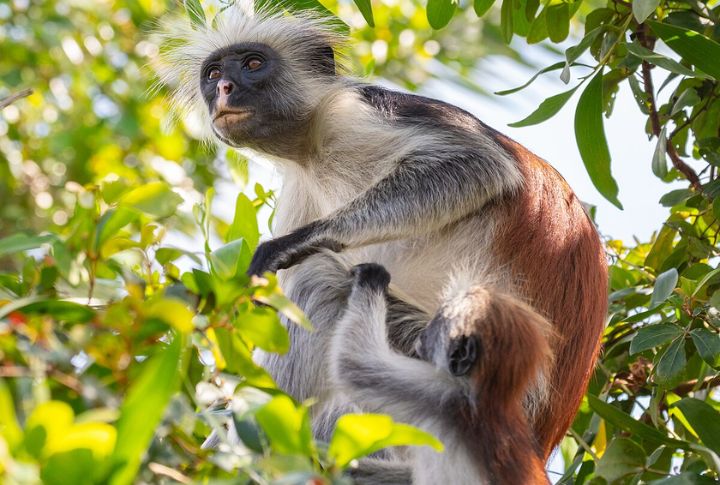
Unguja’s coastal forests are home to this rare colobus monkey, noted for its tufted crown and pungent scent glands. The Zanzibar Red Colobus feeds primarily on unripe fruit and young leaves, often in mangrove habitats. Fewer than 5,000 remain, with the largest surviving group sheltered at the Jozani-Chwaka Bay.
Mexican Gray Wolf, Sierra Madre Occidental Subspecies (Canis lupus baileyi)
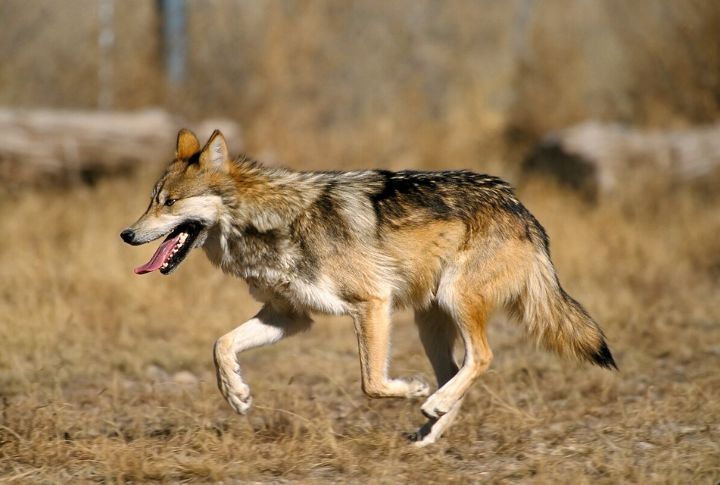
Smaller and genetically distinct, the Mexican Gray Wolf once roamed across northern Mexico and the U.S. Southwest. Its near-total extinction led to a captive breeding program in the 1980s. The result was about 270 individuals alive today, with the majority living under supervision in Arizona, New Mexico, and Sonora.

